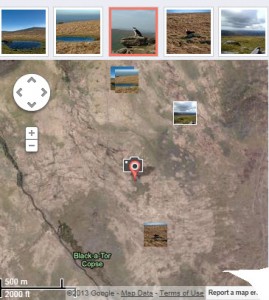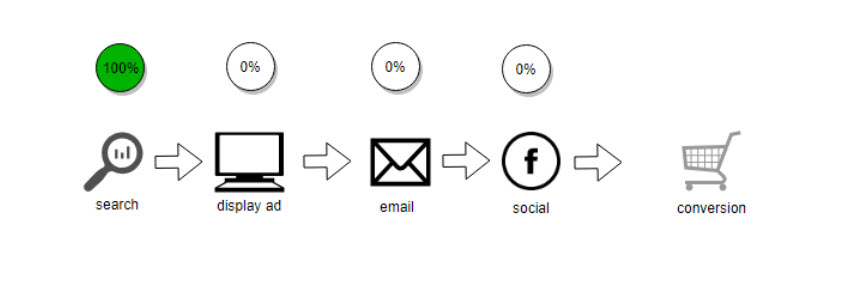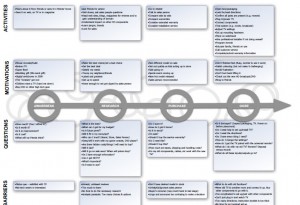Twitch Point Planning Examples.
I write about and consult on a new media marketing rigor called Twitch Point Planning — the ability to “understand, map and manipulate” media twitch points in ways that move consumers closer to a sale. A twitch point is a media experience where one twitches away from what they are currently consuming. Yesterday, I was looking in my blogger bookmarks and came across a link to Anil Dash, a tech entrepreneur. I visited his blog but did not read deeply, but did check out the About Me section. Somehow I twitched over to a video presentation of his recorded at Mark Hurst’s 2011 Gel Conference, watched a couple of minutes then left.
This morning, I was reading a New York Times paper paper article on how Apple’s iPhone 5 maps have replaced Google maps on the new iPhones (brand mistake) and guess who is quoted? Anil Dash. Typically, were I reading the Times and saw the name of an expert with whom I wasn’t familiar, I might Google him mid-sentence. (Twitch.) Or, write a blog post about him and the subject. (Another twitch.) Either way, I might not return to my original media moment – The New York Times article.
An example of Twitch Point Planning, in real time, would be for Mr. Dash to log on to Google AdWords and buy his name, the words Apple Maps, and make a penny a click ad. Or, he could change his website, based on his appearance in the article, and put an offer on the homepage, to build appropriate business.
Twitch Point Planning is a new tactic that adds exponential measures of value to social media. It’s active, not reactive. Twitch Point Planning is strategic. Go forth and twitch. Peace.






